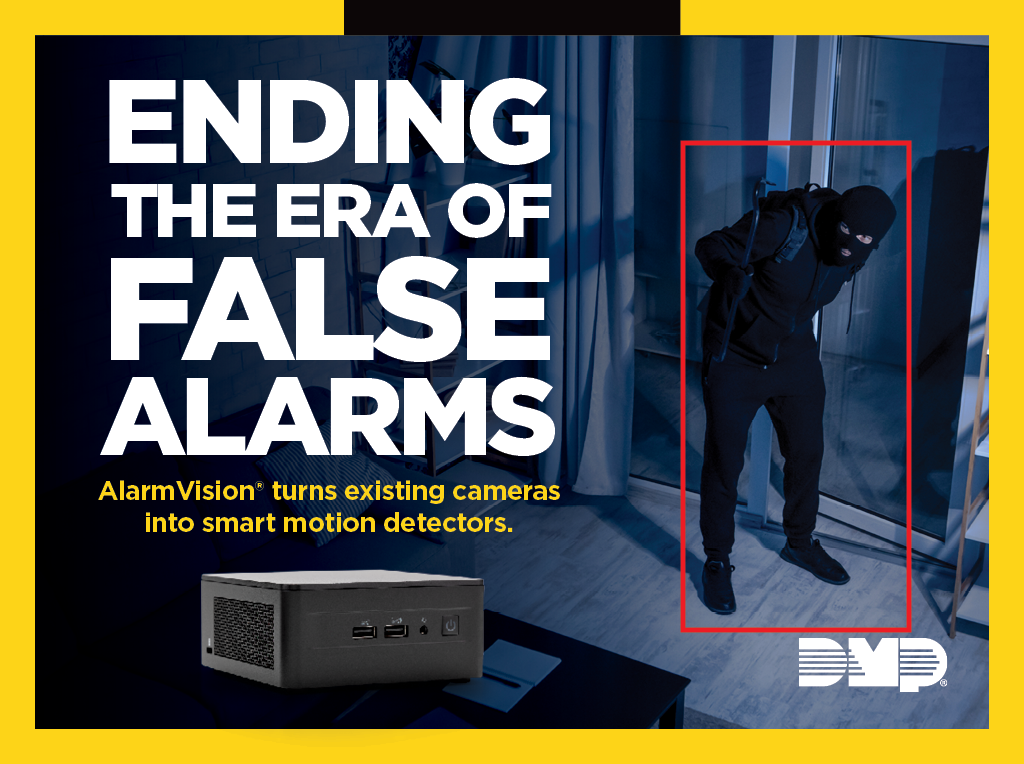Challenges Remain for Our Industry

It has been more than two decades since leaders of The Monitoring Association (TMA), the Electronic Security Association (ESA), the Security Industry Association (SIA) and the Canadian Security Association (CANASA) made a decision that would help shape the future of law enforcement relationships with the alarm industry. They joined together to create the Security Industry Alarm Coalition (SIAC) -a new organization focusing on false alarm reductions, outreach to law enforcement, and alarm ordinances that impact the industry.
Over the past 23 years, SIAC has developed a strong relationship with law enforcement leaders at the national, state, and local levels. The Model Alarm Ordinance was developed in partnership with the International Association of Chiefs of Police (IACP) and the National Sheriffs’ Association (NSA).
SIAC facilitated the acceptance of TMA’s ASAP to PSAP in California and has diverted over 200 agencies from enacting onerous ordinances that would have limited police response or fined alarm companies rather than alarm owners. SIAC is helping educate public safety agencies on the TMA AVS-01 alarm scoring standard that provides consistent criteria to help emergency services prioritize incidents.
“Despite the successful implementation of the Model Alarm Ordinance and the proven value of electronic security systems, some jurisdictions take the extreme step of implementing VR for all alarm users,” says SIAC Executive Director Steve Keefer. “Each year, we see public safety agencies or elected officials look at verified response as a solution to staffing and budget issues without fully understanding the negative impact of these policies or the proven alternatives that preserve the police response the public funds with their tax dollars.”
Today, SIAC continues to work at the local and state levels, in partnership with state alarm associations, to promote the best practices that allow the electronic security industry to protect life and property.
“This is a dynamic environment,” says Keefer. “We have more opportunities to have a voice as agencies adjust policies to take advantage of video monitoring and other new technologies while protecting the value and effectiveness of millions of legacy systems.”
Because of the high rate of turnover in law enforcement leadership nationwide, SIAC also continues to work closely with leading law enforcement organizations as new leaders take the reins in these organizations.
“It is vital that our industry does not become complacent because of our past success at promoting the model ordinance,” Keefer adds. “Public safety agencies will continue to face budget and staffing challenges and public safety agencies; the industry will benefit from having SIAC’s voice at the table concerning technical issues. SIAC continues to need the financial support of our founding organizations as well as companies throughout our industry to continue this important mission.”




